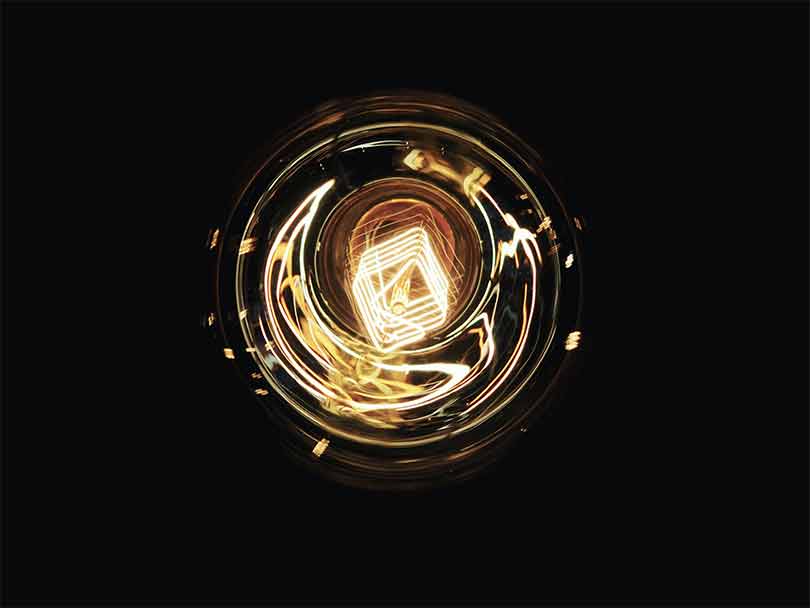Americans keep getting more efficient in their use of energy, a trend that’s even powered its way through the COVID-19 pandemic.
According to 2020 statistics gathered by the U.S. Department of Energy, America’s energy consumption dropped by 7% last year, the largest annual decrease since DOE began keeping records in 1949. The department’s Energy Information Administration attributes much of that decrease to the economy’s reaction to the coronavirus.
Energy consumption didn’t just drop; it shifted as well. Commercial energy use fell dramatically as people stayed home. Residential use rose as more people worked from home and peak hours for energy use shifted from 6 a.m. — when people would normally shower and make breakfast before going to work — to times later in the day as many of us simply walked from the kitchen to a home office.
The 2020 statistics continue to show a long-term trend toward lower energy use as a result of new, energy-saving technologies. The use of highly efficient LED bulbs, to cite one example, grew from a 20% market share in 2015 to 60% in 2019 — a trend unlikely to be reversed since LEDs last well over 10 years.
In a new report, the Annual Energy Outlook 2021, the EIA predicts these efficiency trends will keep going long into a post-pandemic world, thanks to tighter building codes, technological improvements that boost motor vehicle fuel economy and even more energy-saving advances in lighting.

